Unlock the potential of your career in the Pharma industry with our online courses and qualifications.
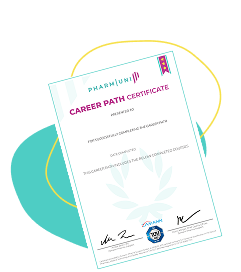
Pick a career path, follow its guided course roadmap, and secure industry-verified credentials in a few months.
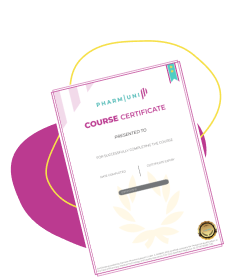
Earn career credentials from industry leaders that demonstrate your expertise.
Stay compliant and accelerate approvals—all with one flexible subscription.

Master FDA, EMA, and ICH requirements through up-to-date expert-led modules. Unlimited access, progress tracking, and certificates backed by an ISO 9001–certified quality management systems—risk-free with a monthly or yearly subscription.
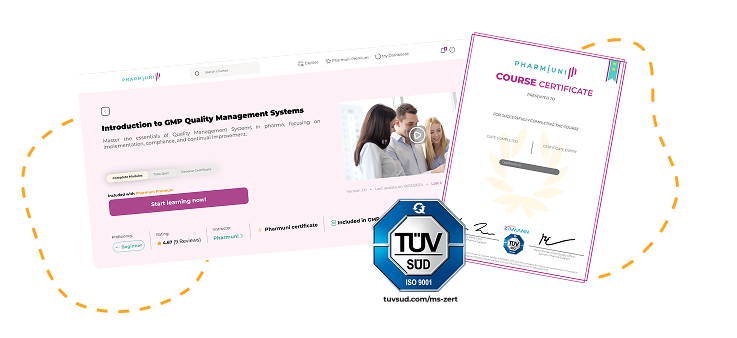
Why 60,000+ learners, universities and top pharma firms rely on Pharmuni
Every public Trustpilot review to date is 5-star.
60 000+ users in 152 countries have taken Pharmuni courses since launch.
Courses are built by Zamann Pharma Support, an audited QMS provider founded in 2017 in Lampertheim, Germany.
Hundreds of graduates share new Pharmuni certificates on LinkedIn every month, boosting their CV and visa applications.
Partner institutions include Hochschule Bremen, CAU Kiel and TH Bingen—display their logos for instant recognition.
Zamann’s ISO-audited auditors train Europe’s leading pharma manufacturers.
recently finalized updates such as ICH Q14 “Analytical Procedure Development” and ongoing EU regulatory reforms highlight the need for continuous training.
U.S. specialists average $75-96 k, while senior leaders can exceed $130 k.
RAPS counts ≈ 125 k regulatory roles worldwide and reports continued head-count growth.
FDA warning letters can lead to inspections, halted studies, and potential large fines.
e-Learning spend will top $325 bn in 2025, enabling flexible, audit-ready upskilling.
Fast, device-friendly, subscription learning keeps you compliant without wrecking your calendar—or budget.
Self-paced modules fit the 24 min a week most professionals can spare, and 77% of e-learning is already self-paced.
70% of learners feel more motivated on smartphones and 80% of the world already owns one.
A single regulatory certificate can cost $3.5-6k, while one Pharmuni subscription unlocks the entire catalog.
The FDA dropped 31 new guidance in just two days, and ICH E6(R3) was finalized on 6 Jan 2025.
Global fines hit $14 bn in 2024; an average incident carries a $2.5m penalty.
L&D spend on outside training services jumped 23% in 2024 as teams switched to flexible passes.
Explore our expert-led catalogue—from Introduction to Regulatory Affairs and the dedicated EU MDR course to a practical module on GMP audit readiness. One flexible plan unlocks unlimited, device-friendly access to every current course and to any new topics we add in future.
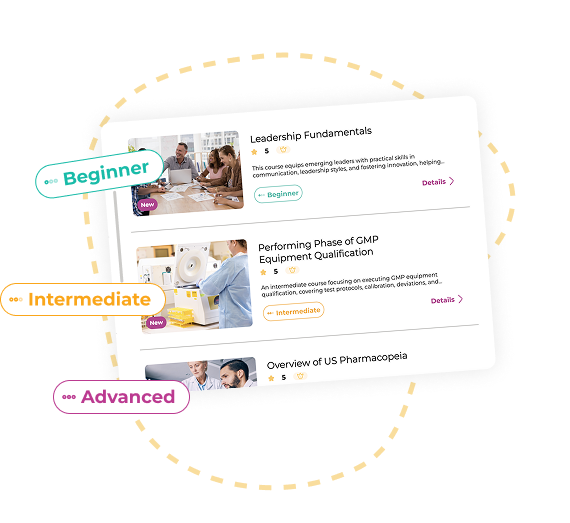
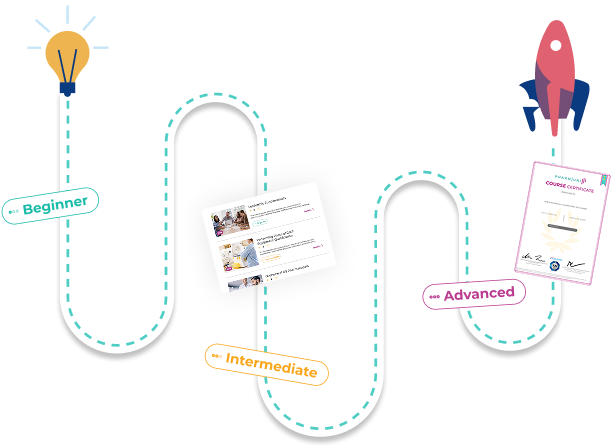
Choose your track—GMP Basics, Quality Assurance Specialist, Pharmaceutical Project Manager, Production Planner, or Equipment Qualification Specialist. Each path bundles 4-7 expert-led courses and maps the exact skills employers seek, all unlocked by one subscription.
Pharmuni Premium turns learning into a career path with 50+ courses, AI tools, and career coaching to get you hired.
50 + expert-led pharma courses & quizzes
Industry-recognised certificates issued under an ISO-9001 quality system
Monthly VIP career coaching
AI-powered Skill Tree
Pharma-focused résumé & cover-letter builders
Mobile-friendly, 100 % self-paced platform



Pharmuni Premium gives you 50+ industry-aligned courses, credentials, VIP coaching, job tools trusted by professionals and more—for less than the cost of a single in-person training session.
Monthly: €39.99/mo
Annual: €33.25/mo (Save €80.88 yearly)
(most popular with immigrants)
We use cookies to improve your experience on our site. By using our site, you consent to cookies. Privacy Policy
Manage your cookie preferences below:
Essential cookies enable basic functions and are necessary for the proper function of the website.
These cookies are needed for adding comments on this website.
Google Tag Manager simplifies the management of marketing tags on your website without code changes.
These cookies are used for managing login functionality on this website.
Statistics cookies collect information anonymously. This information helps us understand how visitors use our website.
Google Analytics is a powerful tool that tracks and analyzes website traffic for informed marketing decisions.
Service URL: policies.google.com
Clarity is a web analytics service that tracks and reports website traffic.
Service URL: clarity.microsoft.com
Marketing cookies are used to follow visitors to websites. The intention is to show ads that are relevant and engaging to the individual user.
Facebook Pixel is a web analytics service that tracks and reports website traffic.
Service URL: www.facebook.com
LinkedIn Insight is a web analytics service that tracks and reports website traffic.
Service URL: www.linkedin.com
You can find more information in our Privacy Policy and Privacy Policy.